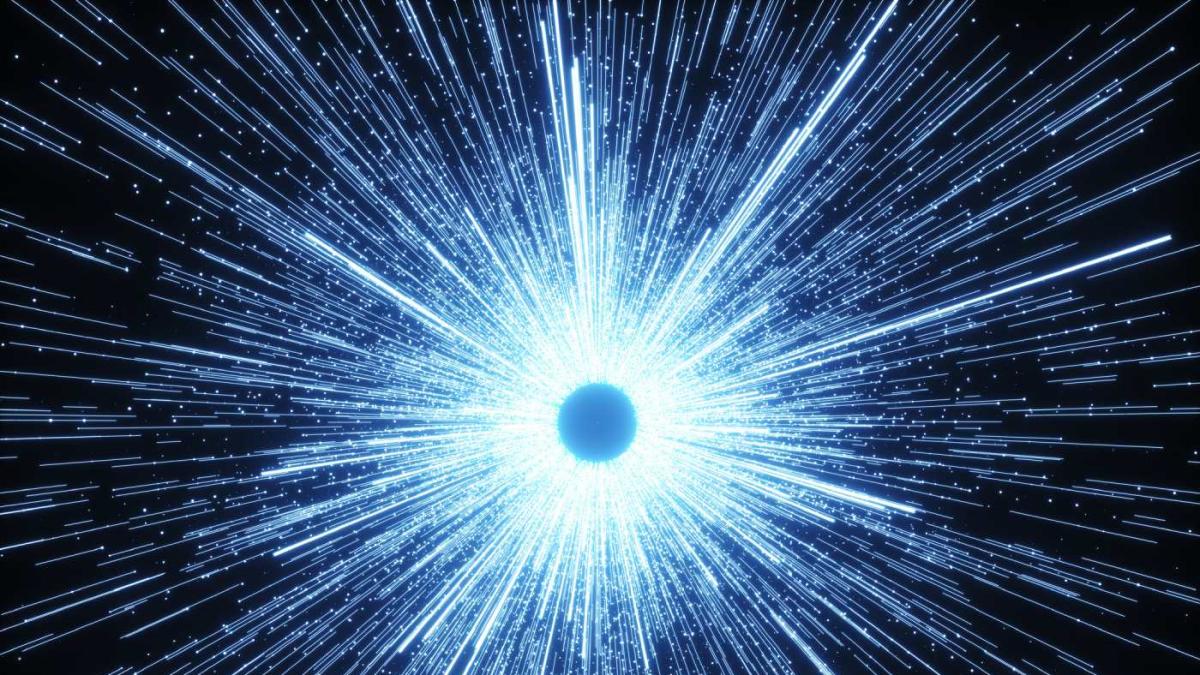A dead star is resurrected in an event never before seen in space.

Stars live if they have a supply of hydrogen to burn. When it is depleted, they become white dwarfs, neutron stars or black holes, depending on their size and weight, the BBC reports.
But a very strange thing happened in the sky. The star, known as XTE J1810-197, which was last seen emitting radio signals in 2003, has returned to life. He remained silent for more than 15 years, until 2018.
Signals from this “resurrected” star were again recorded by the Lovell Telescope at the University of Manchester, and then by the Murryang Parks radio telescope. And not only is it amazing that the star has come back to life, but what’s even more curious is the type of light it emits.
Its light forms a spiral as it moves through space. Scientists believe this is due to superheated plasma. The plasma shines as stars, nebulae, and even auroras above the north and south poles.
“Our results show that there is a superheated plasma above the magnetar’s magnetic pole that acts as a polarization filter,” said Dr Marcus Lower from Australia’s national science agency CSIRO. What this means is that only some of the light escapes in certain directions, although it is not yet known why the plasma does this.
